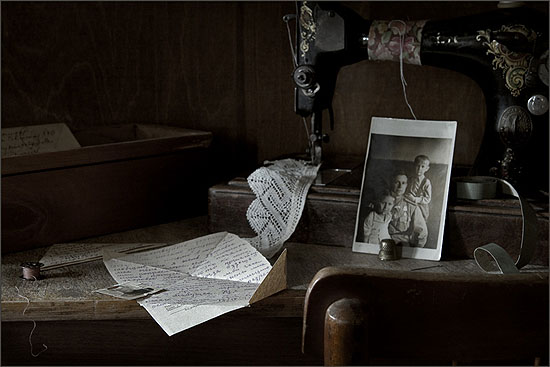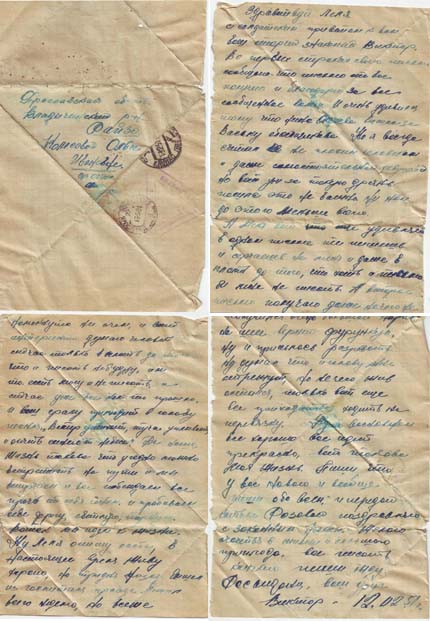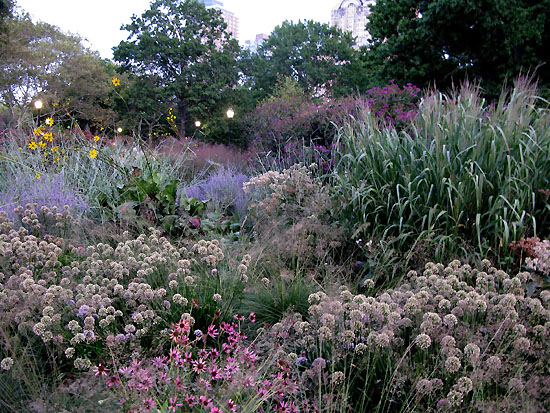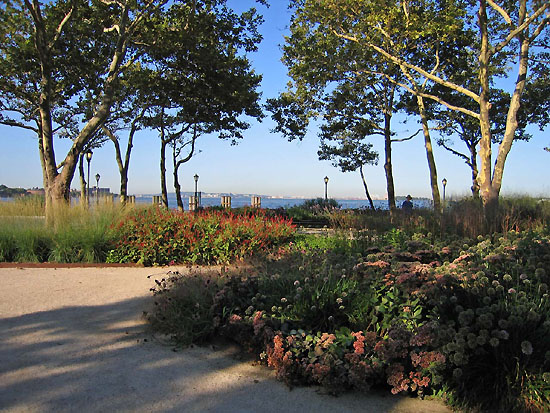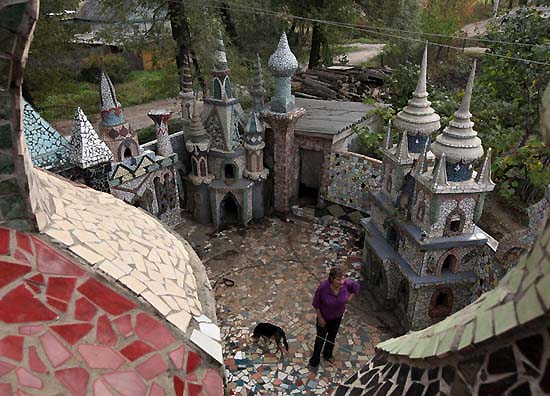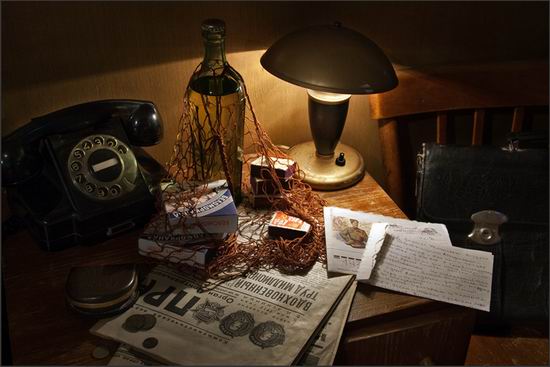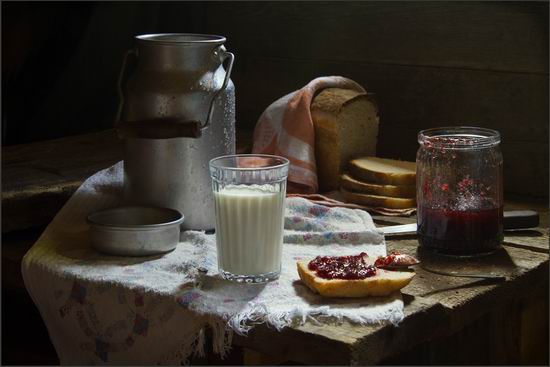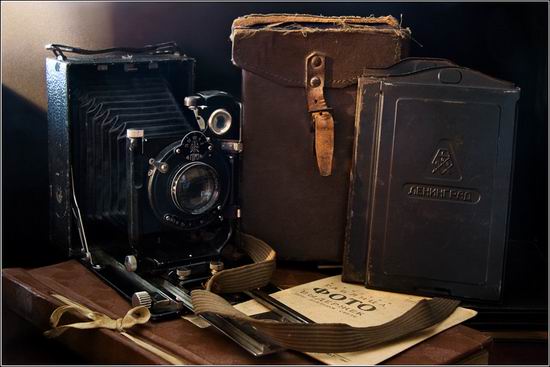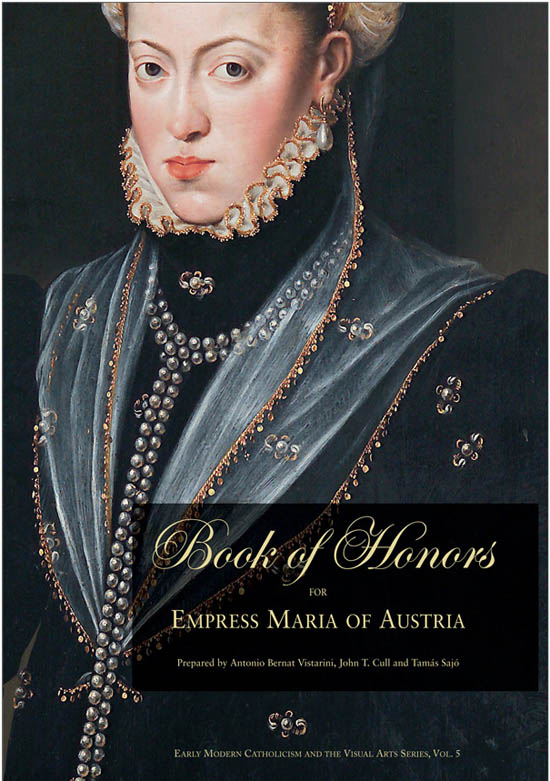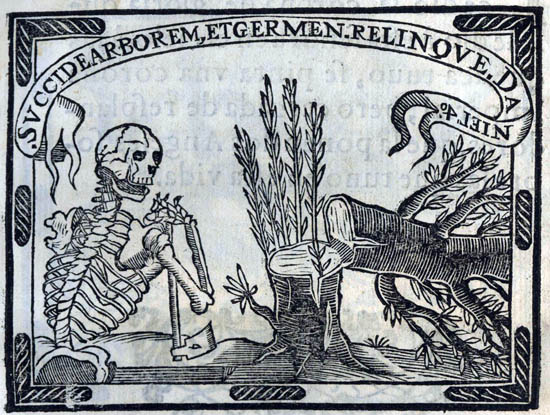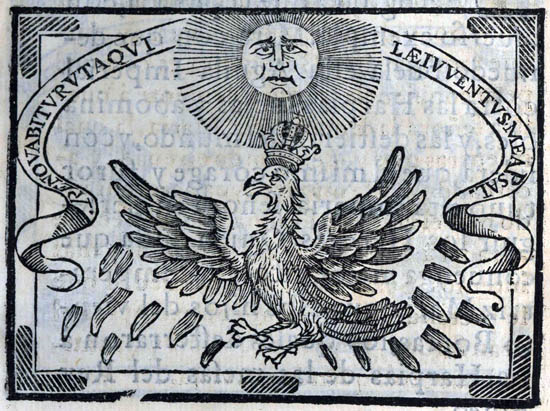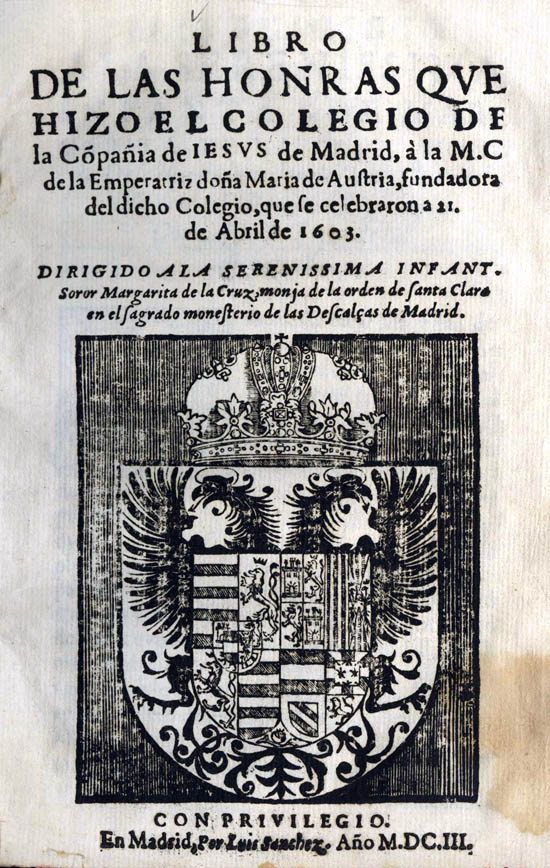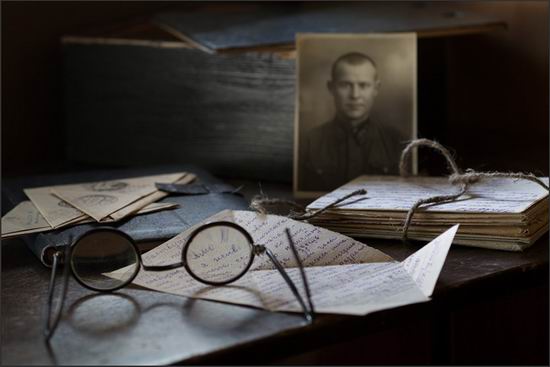
|
|
|
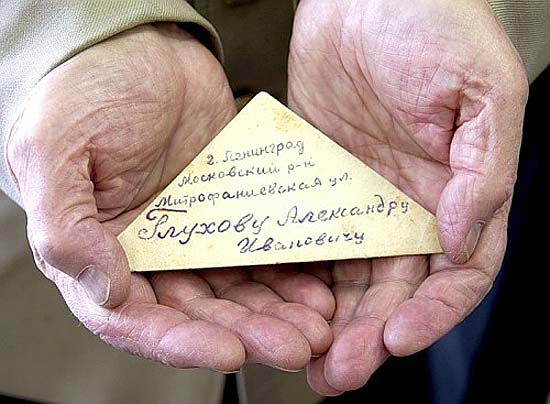
During the war, the mails were brought for free from the front to home. It could not have been differently, because probably the postage stamps would have been the last item the halting logistic support would have delivered to the front. Even so, postcards and envelopes were shortages. The soldiers’ genius has thus created, right in the first months of the war, the format that was a letter and its own envelope in one. The folding process is very similar to how we, in our childhood, folded our soldier’s shako, knowing nothing about the triangular soldier’s letters.

To such a letter it was enough a page torn from a booklet, a cigarette paper sacrificed, the wide margins of a newspaper and the idle half an hour spent in a temporary cover. Their content is not more complicated than that: they assure of their love those at home, draw something for the little ones who cannot read yet, and promise to return home after the war. It did not depend on them.
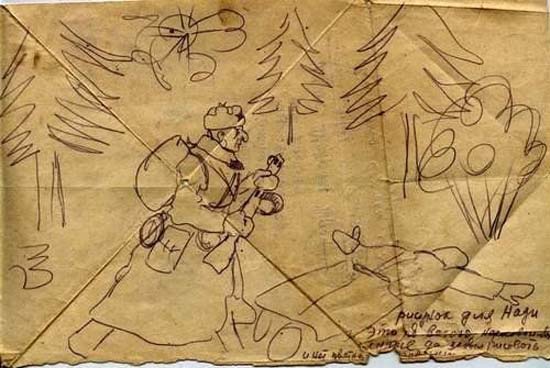
Folding had one more advantage: that the content of the letter was easy to check. Therefore, it was forbidden to seal them in any way. The censors working at the front did not primarily search for letters reviling the system – according to the analysis of the surviving front letters, almost none of them includes any political reference or Stalin’s name –, but whether they include any indication from which military movements and plans could be deduced. These were erased with black ink, but the mail was still transmitted. As the then seventeen year old front post officer Valya Uvarova recounts it in the 7 May 2008 issue of Аргументы и факты:
There were many letters, and their stream flowed in both directions, to the front and from the front. Beside the postal service, in a special “secret” room there was a censor: her task was to open and read the triangular letters. Valentina Antonovna recalls that censors usually had a humane attitude to front letters. If only a few lines of them contained military secrets – such as the name of the base occupied or the name of the corps –, then they, having canceled it, let the letter go to the recipient. They only banned its forwarding if all its content was of such kind, but this happened very rarely.
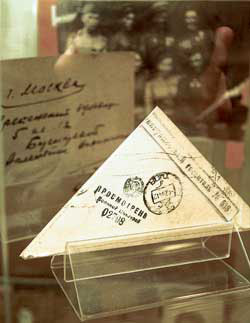

Of these letters, which once traveled from west to east by the millions, still thousands are preserved in collections, in private hands, in folders such as in the first picture. You can find lots of them on the Russian web too, mostly followed by a story, so similar to the other stories, and nevertheless always unique and unrepeatable • • • • • • • • •
I was fascinated by a special collection, the letters of Yakov Lazirovich Ashurov from Azerbaijan. He was born in Baku in 1924, joined up at the age of seventeen, was killed at Stalingrad in 1942. His letters to his parents survived in the Iranian Tat (Juhuri) language, related to Persian and Kurdish, of the Caucasian Mountain Jews (on which we will write more later), as well as in biblical Hebrew.
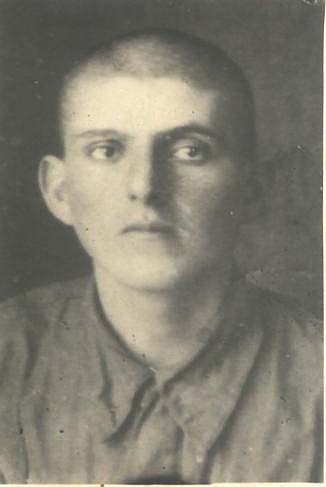
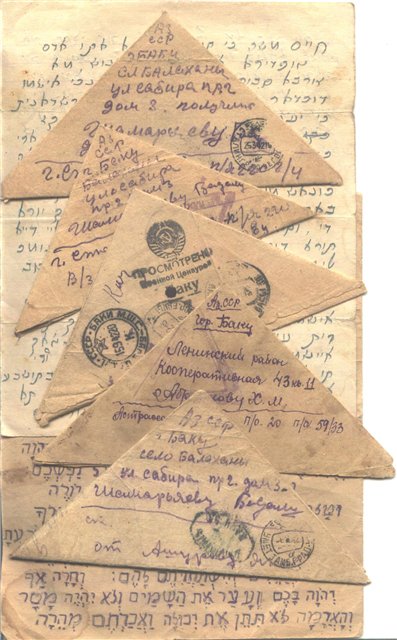
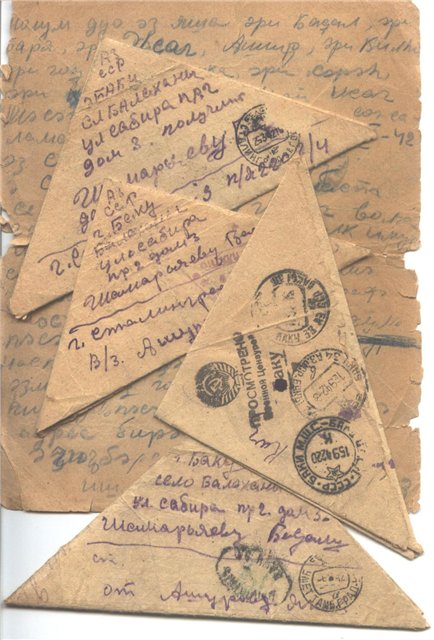
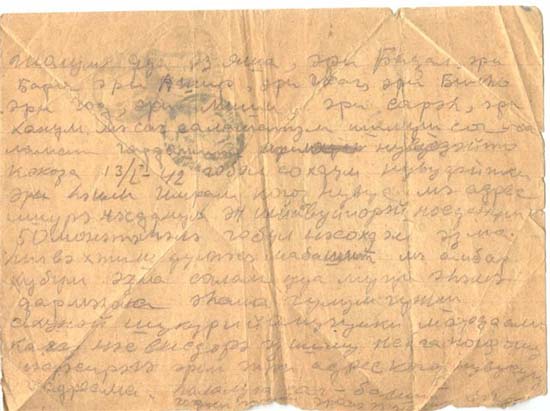
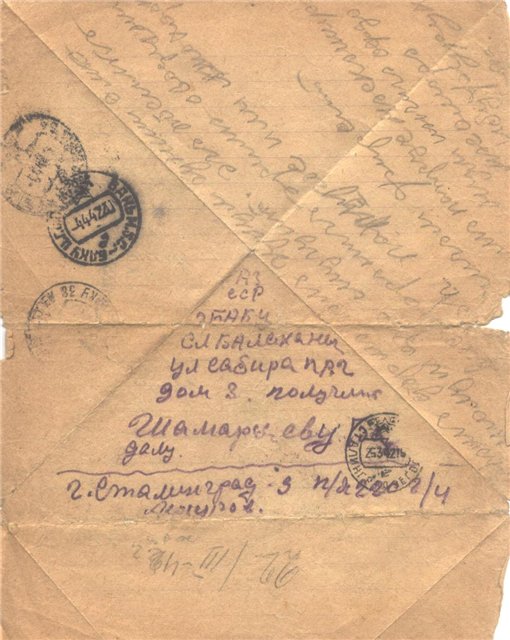
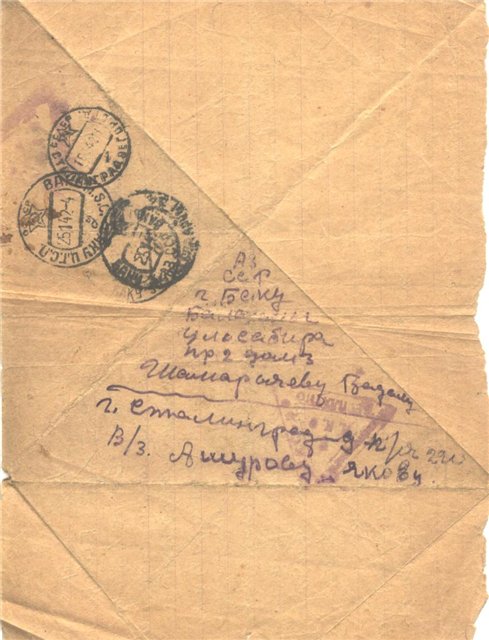
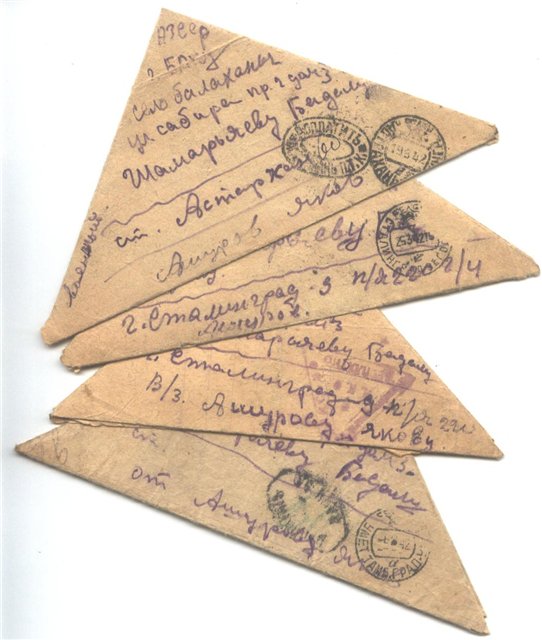
Triangular letters were sent to the front as well, these ones bearing a stamp of course. Moreover, even to the Gulag, as it is attested by the Latvian-language letter below, sent from Latvia to the Pechora camp in the Komi land on 19 March 1945. The letter is now at auction for only 33 dollars. Buy it if you want to possess a real historical document.
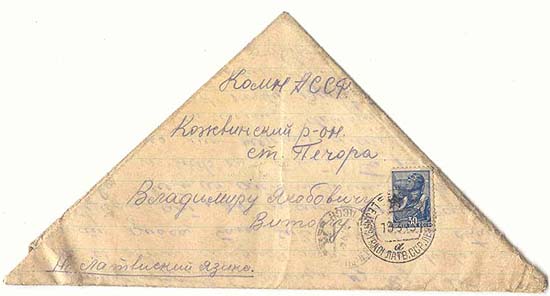
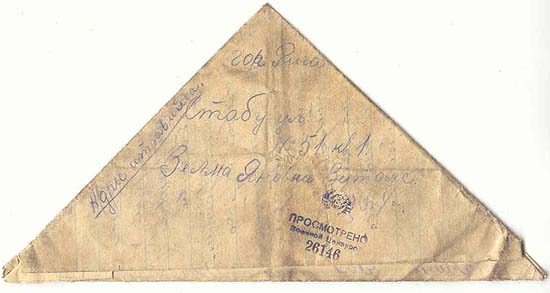
On 9 May 2010, the 65th anniversary of the victory, the Russian state distributed among the war veterans still alive a set of triangular letters printed for this occasion. They were already in envelope, but they could still be sent without a stamp to anywhere within Russia.

And finally these letters were immortalized by the contemporary famous soldier’s songs, such as Mark Bernes’ Полевая почта, “Field Post” below. We hope that Araz, the walking encyclopedia of the Soviet film will tell us which contemporary newsreels and later films were used to compose the genial video clip of the song.
| В селе далёком плачет Мать от счастья, Узнав, что сын здоровый и живой. Ей эту весть сквозь битвы и ненастья Приносит треугольник полевой. | The mother in the far away village is crying of joy, knowing that her son is healthy and alive: this was let her known through battles and storms by the triangular letter from the front. |
